Understanding SEER Ratings: Picking the Perfect AC for You
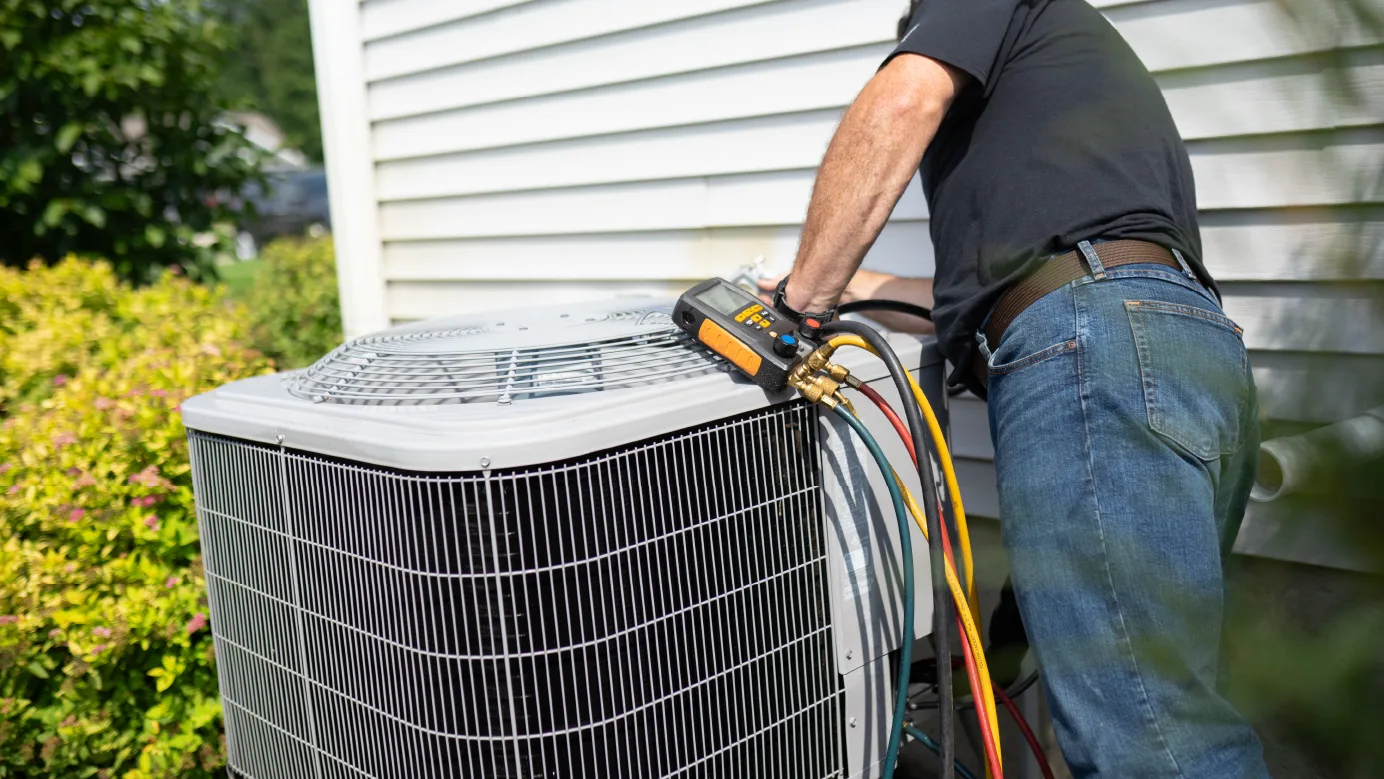
When you’re on the hunt for an air conditioning system, there’s a bunch of stuff to think about, and one of the big ones is the SEER rating. SEER stands for Seasonal Energy Efficiency Ratio, and it’s basically a way to measure how energy-efficient an AC system is. This rating helps you figure out which units are the best when it comes to saving energy, cutting costs, and being eco-friendly.
In this post, we’ll break down what SEER ratings are all about, why they’re important, and help you choose the AC system that fits your home or business perfectly.
Overview
SEER is used to determine the efficiency of an air conditioning unit. In particular, SEER ratings translate an AC unit’s BTU cooling capacity per cooling season and the total watt-hours of electric energy consumed. The higher the SEER rating the more efficient the unit, and therefore it tends to cost less to operate the unit.
For example, an air conditioner with a SEER rating of 15 about utilizes much less power from the electric company, as one with a SEER of 13 to produce similar cooling degree. SEER ratings are quite helpful to homeowners and business entities that want to cut on energy bills and go green.
Why SEER Ratings Matter
1. Energy Efficiency and Cost Savings
Such air conditioners consume less energy and this implies that one faces less charges when using electricity to power the machinery. Despite the fact that a high SEER unit is likely to cost a little more when you purchase it, the money you are likely to save in the future will get to balance the initial costs.
2. Environmental Impact
Air conditioning systems on their own should also be efficient and should not emit greenhouse gases to the atmosphere as this will contribute to environmental decay. Those, who care deeply for sustainability, would truly appreciate a high SEER rating that can be achieved.
3. Comfort Consistency
Air conditioning systems with higher SEER ratings traditionally demonstrated better efficiency at fulfilling the comfort control tasks across a wider range of climates and weather conditions.
4. Property Value
Enhancing the use of energy-efficient appliances in the inner environment of the building such as air conditioning makes properties valuable. It will also help prospective buyers to negotiate knowing that an energy-efficient HVAC system will cost them more each time there is increase in utility fees.
How SEER Ratings are Calculated
The SEER rating of an AC unit is the ratio of the overall BTUs of cooling output over the length of a cooling season relative to the amount of energy required in order to achieve that cooling output over the same time span. In other words, it represents the efficiency of the unit under certain temperature range of about 82-95 °F.
For example:
A unit that produces 60,000 BTUs of cooling output and uses 4,000 watt-hours will have a SEER rating of 15 (60,000 ÷ 4,000 = 15).
An Explanation of Choosing the Right SEER Rating for Your Needs
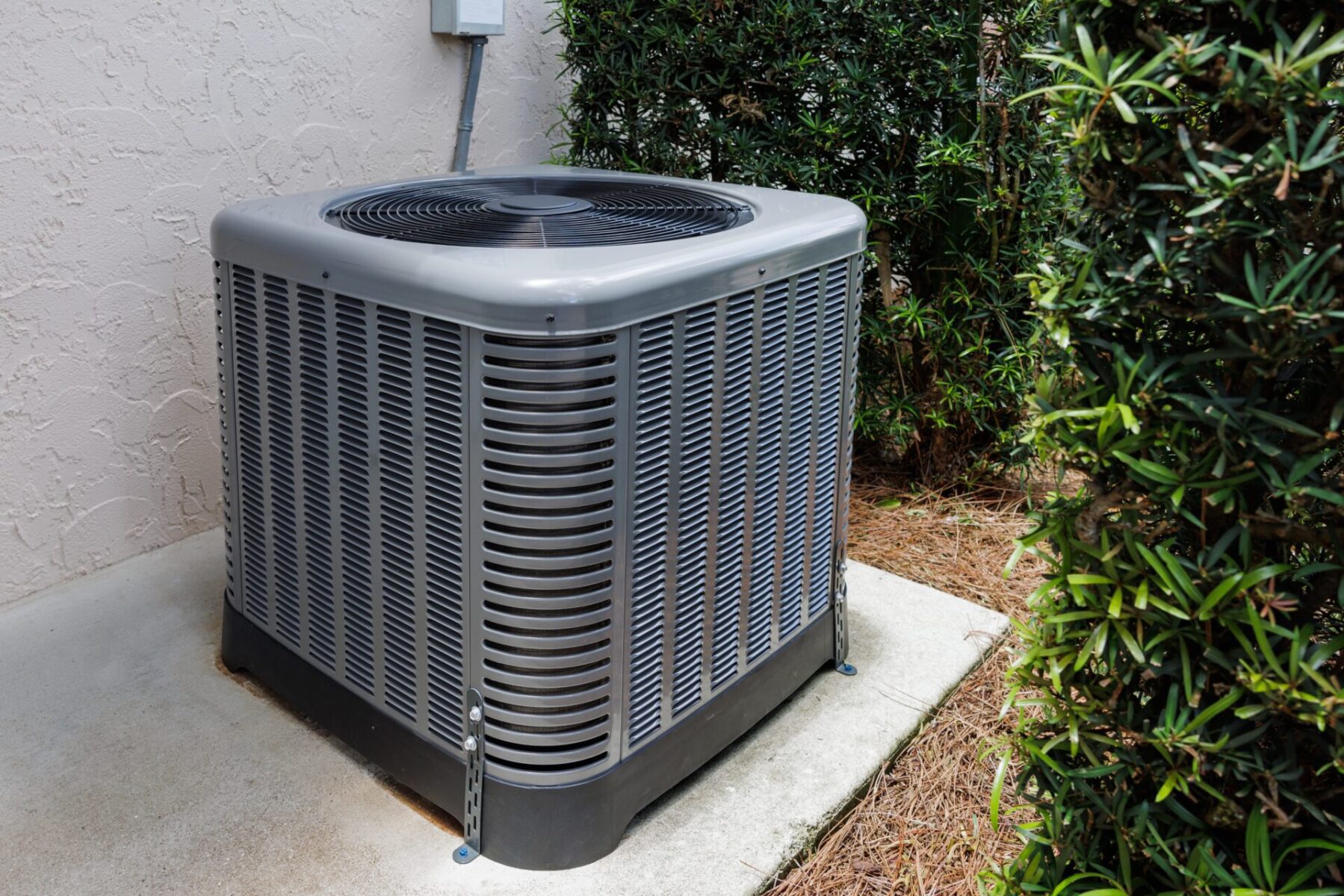
The role of SEER rating depends on crucial factors such as climate, usage level and your budget to determine the right SEER rating for you. Below are some key considerations:
1. Climate and Location
If the building is located in a region that experiences hot weather most of the times then should go for a higher SEER such as 16 or 18 to help him/ her with the energy costs.
In the regions where temperatures are relatively low, or in areas where summer heat is moderate a cooling unit rated between 13 SEER and 15 SEER may suffice.
2. Short-term vs. Long-term Cost
They are, however, initially a bit costlier than normal, Higher-SEER units do help save energy in the long run. That is why if you are looking into minimizing your monthly energy consumption, it is worthwhile to spend more and choose a system with a higher SEER rating.
For those who have a fairly limited budget, one can choose an average value of SEER from fourteen through sixteen.
3. Home or Business Size
Larger properties generally require more powerful units, so energy efficiency becomes even more crucial. A high-SEER unit can significantly reduce energy bills for larger spaces.
Smaller homes might manage well with a mid-range SEER rating, especially if they have other energy-saving features like good insulation and energy-efficient windows.
4. Frequency of Use
If you rely heavily on air conditioning year-round, a higher SEER rating can help keep energy costs in check.
For occasional use or in properties where AC is only needed for a few months, a mid-range SEER rating is usually sufficient.
Do’s and Don’ts When Choosing a SEER Rating
| Do’s | Don’ts |
| Do consider your climate. Choose a higher SEER for hot climates to save on electricity. | Don’t overpay for a high SEER unit if your climate is mild and AC usage is minimal. |
| Do evaluate your usage needs. High-SEER units are ideal for frequent usage. | Don’t ignore the installation cost. Higher-SEER units often require professional installation. |
| Do look for ENERGY STAR® ratings. These units meet high energy-efficiency standards. | Don’t assume higher SEER is always best. Balance efficiency with budget and climate. |
| Do consult a professional to assess the right SEER for your space. | Don’t overlook regular maintenance. Efficiency drops without routine maintenance |
SEER Ratings and ENERGY STAR Standards
To be qualified for the ENERGY STAR® label, an air conditioning unit has to achieve a minimum SEER rating that is commonly 14.5 or higher depending on location. The products with ENERGY STAR® qualification tags have undergone efficiency testing, or rather certified models meet homeowners’ preferences for durability and efficiency
Typical SEER Ratings and Their Benefits
Here’s a quick look at common SEER ratings and what they typically mean for performance and efficiency:
13-14 SEER: Good for cooler climates or occasional use. Meets the minimum federal standard for energy efficiency.
15-16 SEER: Popular for mid-sized homes, providing a balance between cost and efficiency.
17-20 SEER: Elite efficiency, suitable for hot environments and houses which require intense air conditioning on regular basis.
20+ SEER: Super high efficiency, excellent for environmentally-friendly consumers or businesses with green-focused properties.
Seer Efficiency: Tips to get the Most Out of your AC System
Regular Maintenance: Remember to follow up on a regular basis, especially at a time like this when the weather is definitely turning colder.
Use a Programmable Thermostat: Proper temperatures for when you will be out of the house to cut down on power needs.
Keep Vents Clear: Blocked vents make the system work harder, reducing efficiency.
Clean and Replace Filters: Clogged filters reduce airflow and strain the AC unit.
Insulate Your Home: Proper insulation reduces the cooling load on your AC.
Bottom Line
A higher SEER rating means a more energy-efficient and cost-effective AC system. It’s a small investment with big rewards: lower energy bills, a more comfortable home, and a smaller carbon footprint. Ready to upgrade? Consult Lockey air HVAC professional today.
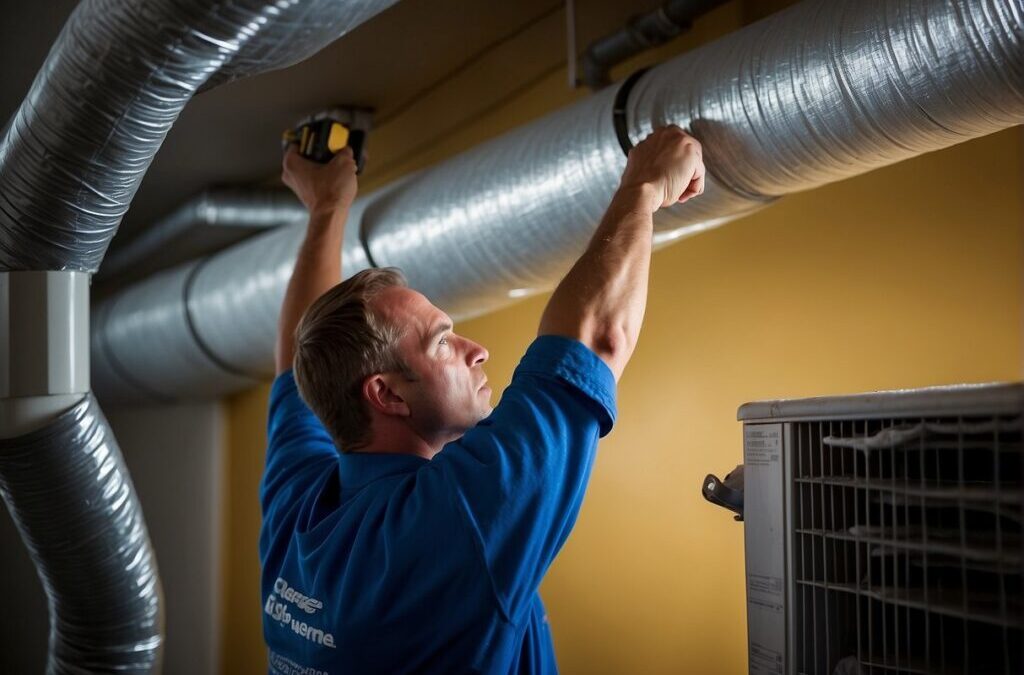
What is the Role of Proper Insulation in HVAC Efficiency
What is the Role of Proper Insulation in HVAC Efficiency Maintaining a comfortable indoor...
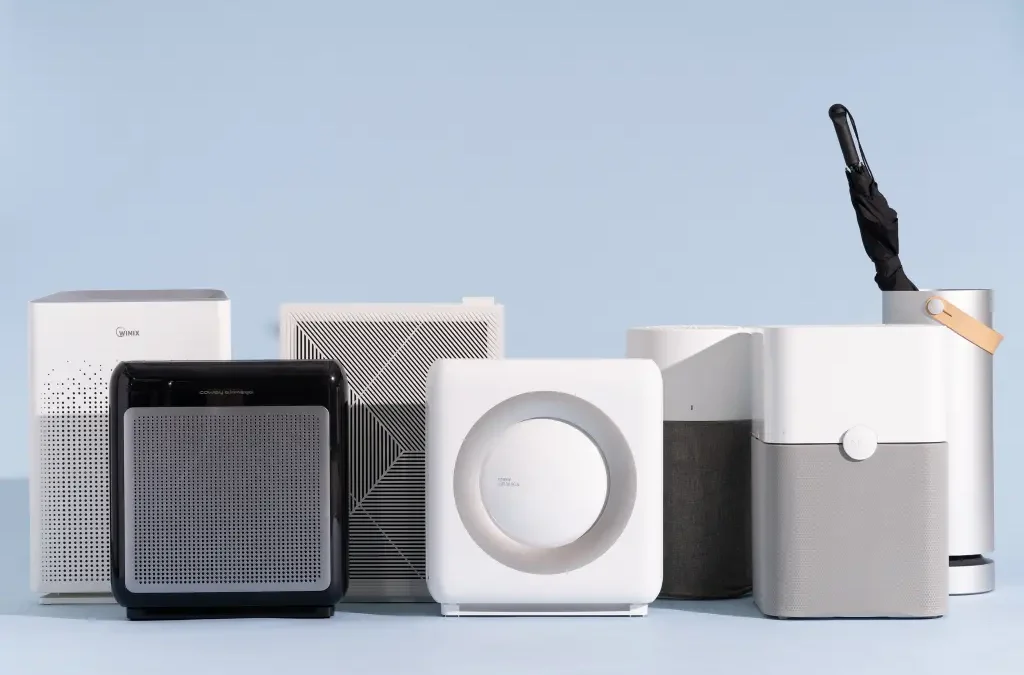
Top Air Purifiers vs. HVAC Filters: What’s Best for Your Health?
Top Air Purifiers vs. HVAC Filters: What’s Best for Your Health? Breathe easy—clean air is crucial...
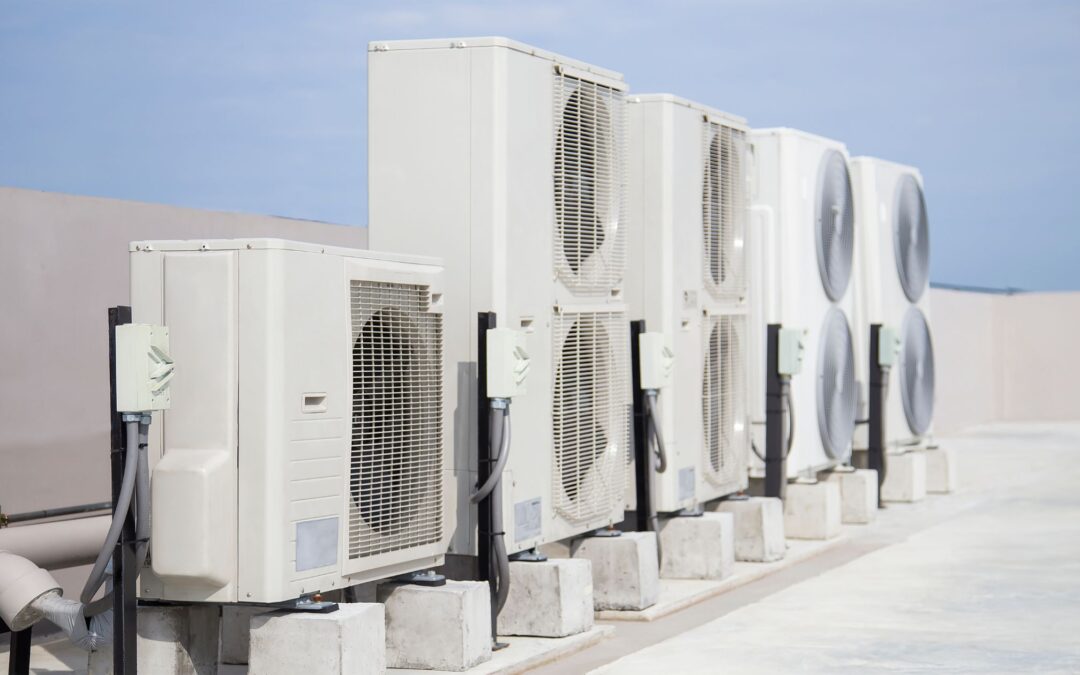
Why Is My HVAC System Making Strange Noises?
Why Is My HVAC System Making Strange Noises? It was a quiet Sunday afternoon, and Emma was...

How to Improve Indoor Air Quality During Winter Months
How to Improve Indoor Air Quality During Winter Months As the snow piled up outside, Emma snuggled...

Winter is Coming: Is Your Heating System Ready?
Winter is Coming: Is Your Heating System Ready? As the chilly winds of winter start to make their...
